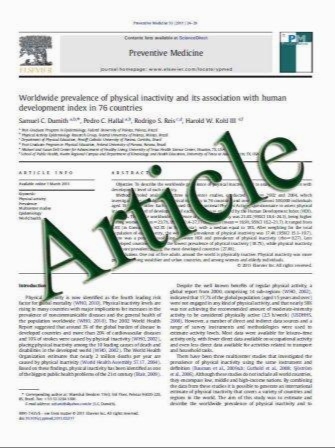Cognitive and functional outcome in spina bifida–Chiari II malformation
- نوع فایل : کتاب
- زبان : انگلیسی
- مؤلف : Michael D. Jenkinson & Sophie Campbell & Caroline Hayhurst & Simon Clark & Jothy Kandasamy & Maggie K. Lee & Ann Flynn & Peter Murphy & Conor L. Mallu
- چاپ و سال / کشور: 2010
Description
Purpose The long-term outcome in spina bifida–Chiari II– hydrocephalus complex is poorly understood. Traditional neurosurgical outcome measures are crude. Neuropsychological testing is increasingly important in outcome assessment. We investigated the health, disability, lifestyle and cognitive function in adults who had myelomeningocoele closure at birth. Methods Adult patients under routine follow-up were assessed in a joint neurosurgery/neuropsychology clinic. Patients completed lifestyle questionnaires, the hydrocephalus outcome questionnaire (HOQ) and underwent cognitive testing. Clinical variables including number of shunt revisions, shunt infection and surgical decompression of foramen magnum, which may influence outcome, were investigated. Results Twenty-one adults with a median age of 35 years were investigated. All had treated hydrocephalus, and eight had foramen magnum decompression for headache or progressive brainstem symptoms with stabilisation of symptoms in seven and improvement in one. Only eight patients were living independently, five were in paid employment and five work voluntarily. HOQ scores for cognitive function were lower (0.56 ± 0.20; mean ± standard deviation (SD)) than those for physical (0.64 ± 0.15) and social–emotional (0.65 ± 0.17) health. Cognitive function varied across the cohort with attention most severely affected (73.9 ± 17.0; mean ± SD). Repeated episodes of shunt malfunction or foramen magnum decompression were not associated with a worse cognitive function. Conclusions Despite intervention in childhood and adequate cerebrospinal fluid diversion the prognosis for independent living into adulthood remains poor. All patients have elements of cognitive impairment. Structural brain abnormalities may be more important determinants of cognitive outcome than shunt malfunction.
Childs Nerv Syst (2011) 27:967–974 DOI 10.1007/s00381-010-1368-7 Received: 7 November 2010 / Accepted: 8 December 2010 / Published online: 31 December 2010


